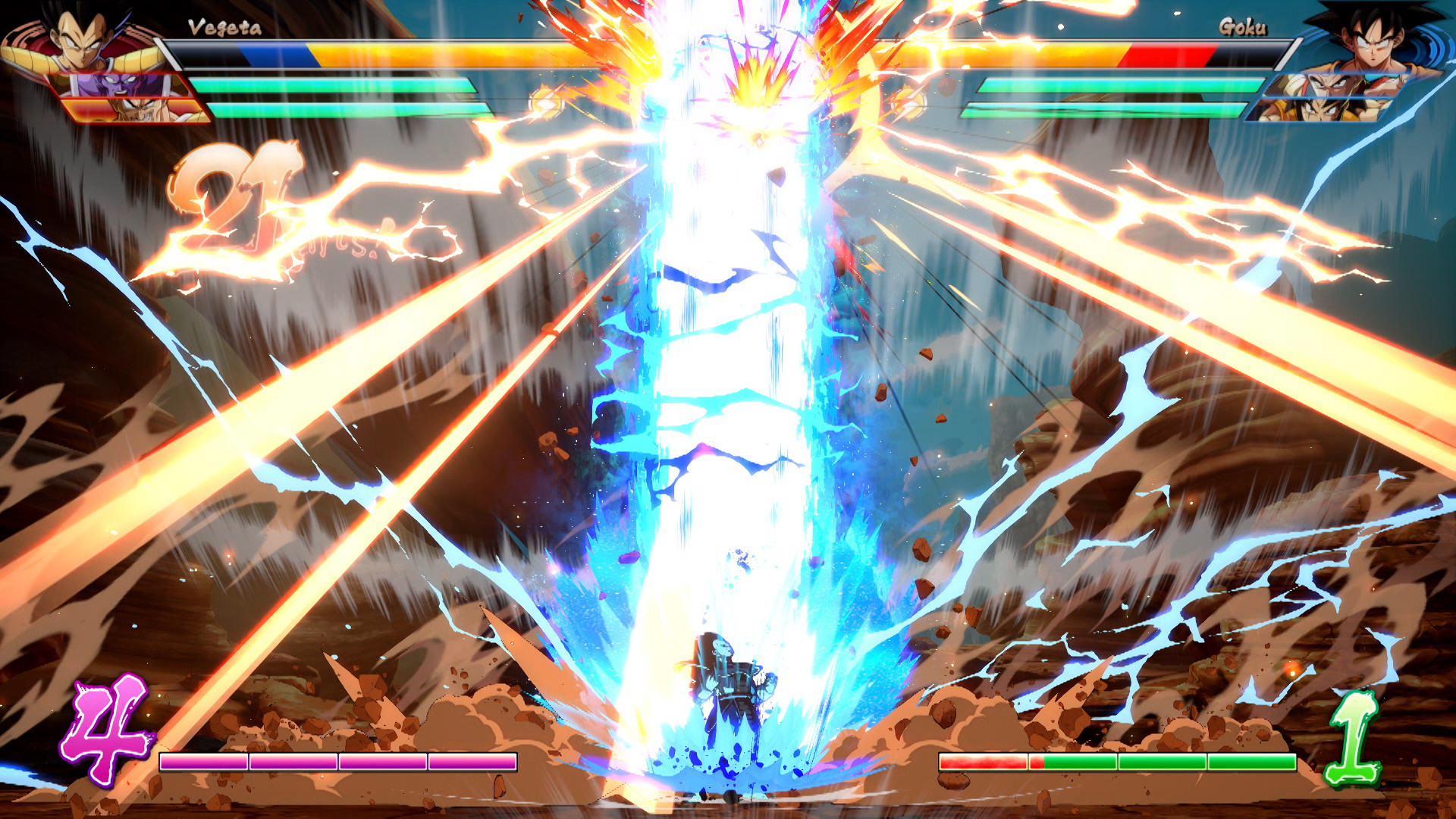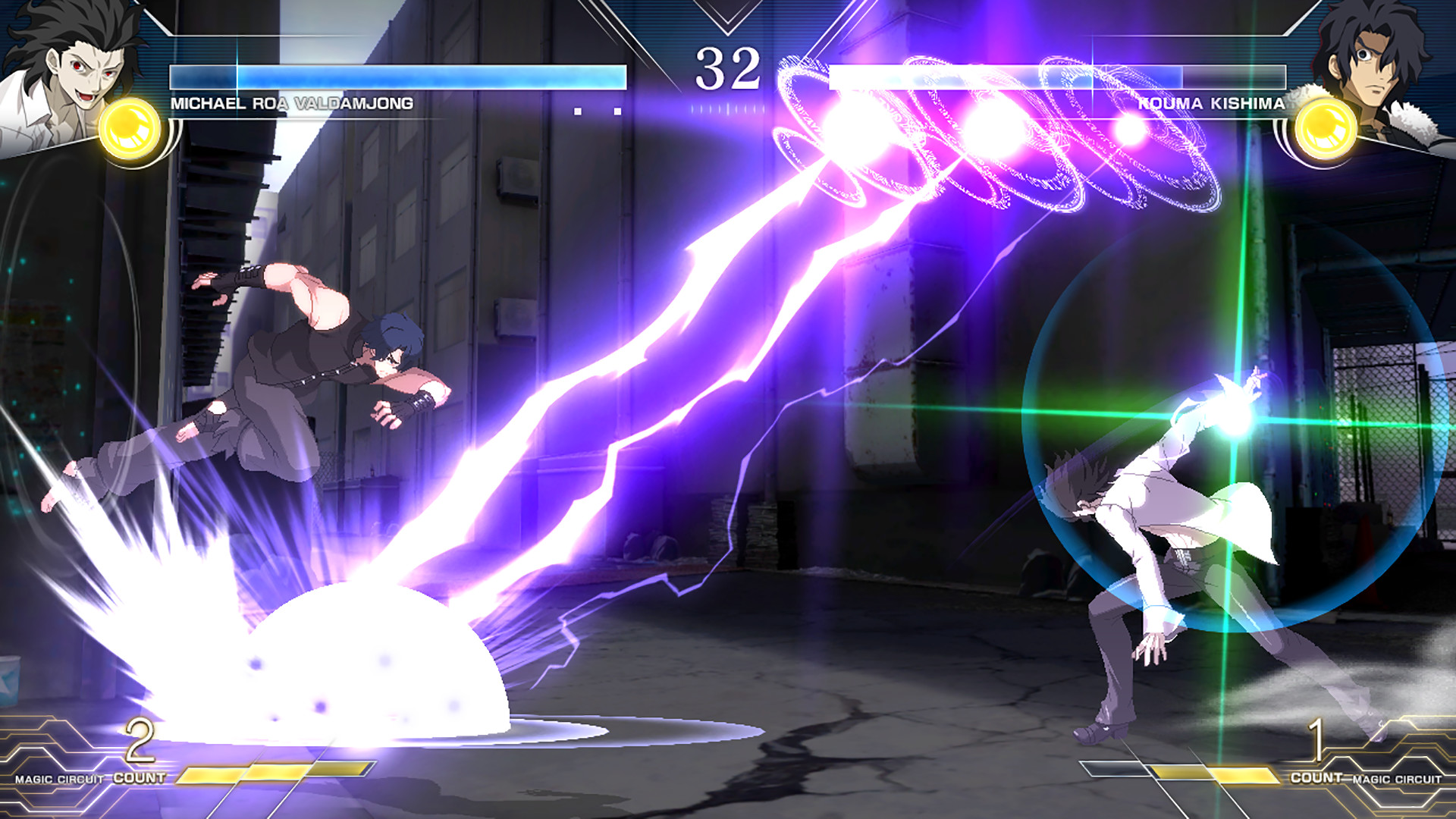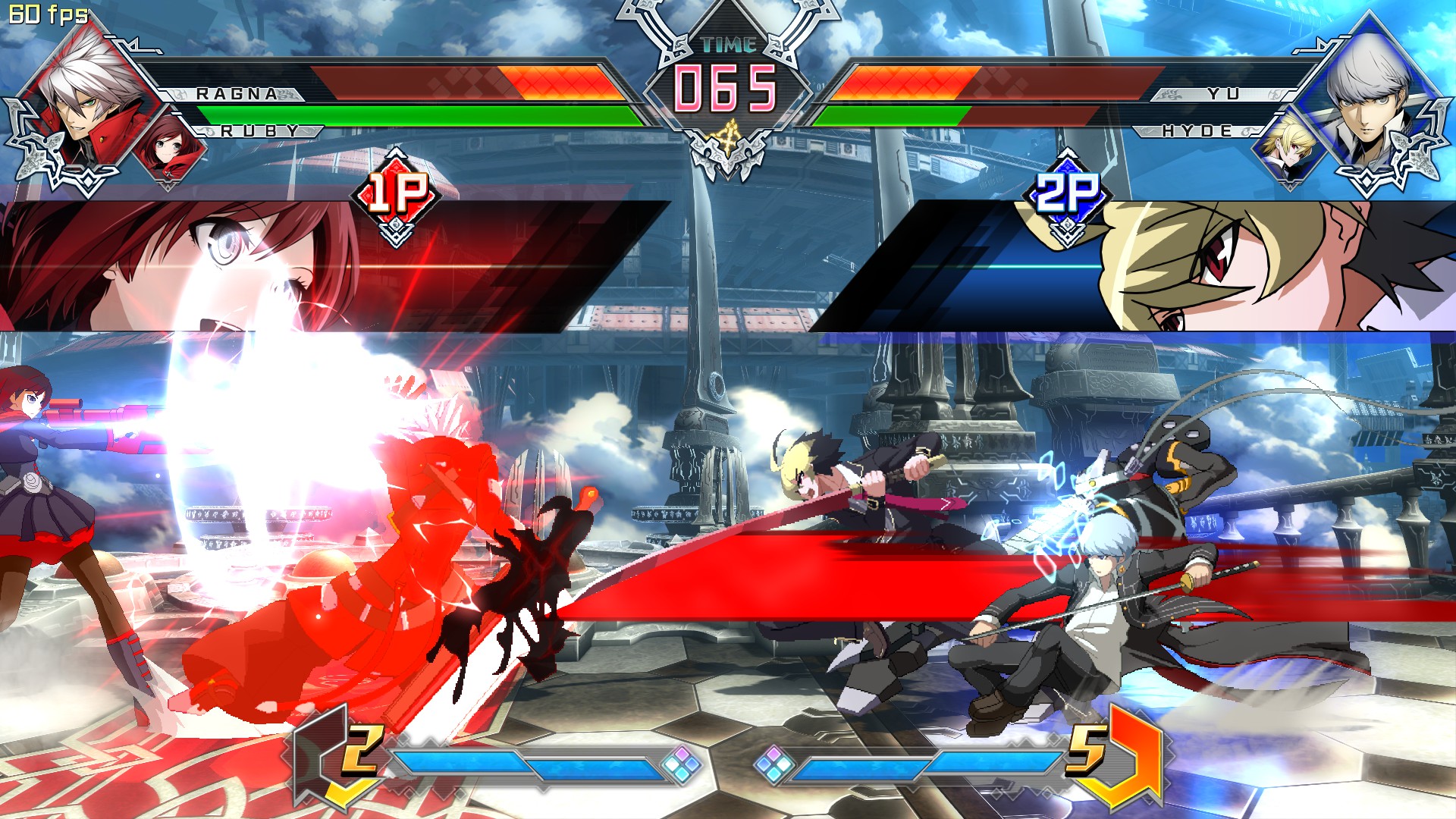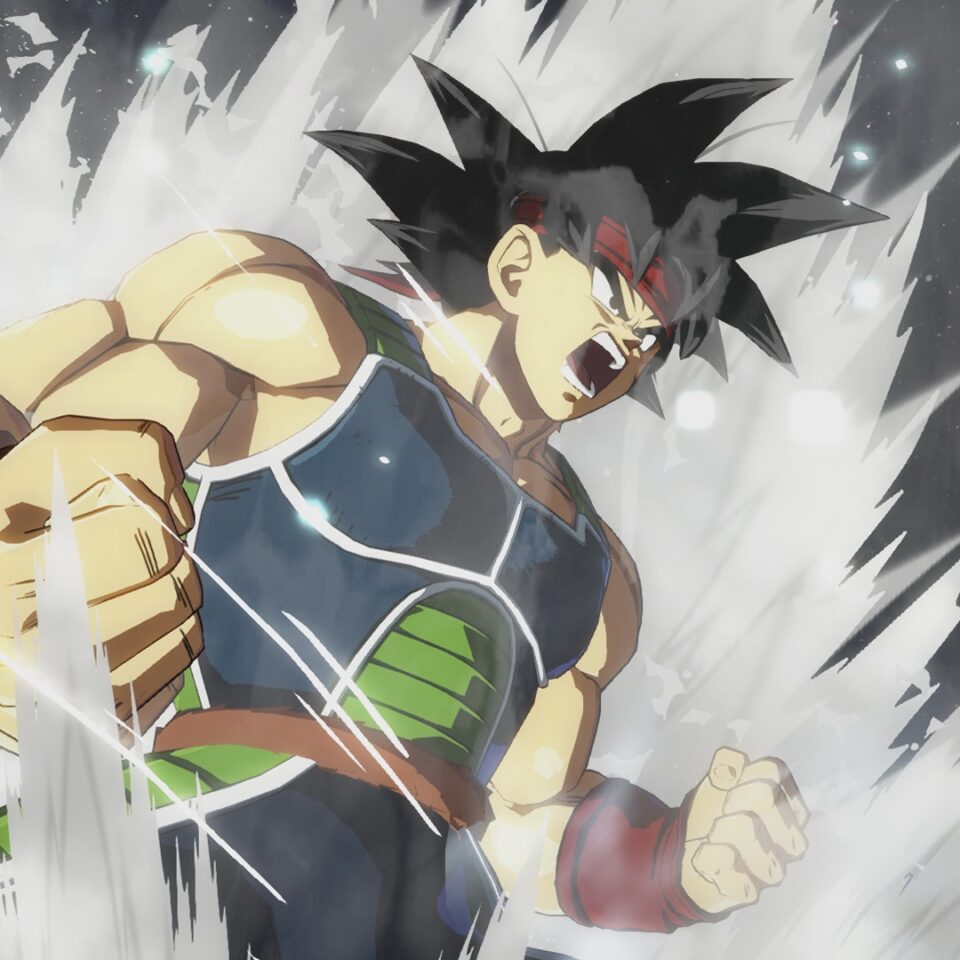Usually it’s pretty straightforward but there’s more going on in an anime fighter.
Among the different types of fighting games, you’d think the ones dubbed as ‘anime’ would be easy enough to get. And you’d be right, but like most things there’s a little more nuance to it than that.
Anime fighters are characterized by more than just their art style. There’s a certain flavor to the way they play that makes them stand out from other fighting game genres. We can boil down what defines an anime fighting game into three parts:
The Style
Obviously this has to be mentioned — it’s in the name, after all. While the name is self-explanatory, this is also the most broad definition. Just because the game uses Japanese animation doesn’t mean that it’s an anime fighting game.
It’s also worth noting that just because a game uses a popular anime IP doesn’t mean it’s automatically an anime fighter. Many anime IP’s are turned into what’s called arena fighters, where two characters are placed in a 3D arena to run, fly, teleport, and blow each other up to their heart’s content. Some examples are the Naruto Ultimate Ninja Storm or Jump Force games.

While there are anime characters fighting each other in these games, anime fighters are understood to stick to the traditional 2D plane for their gameplay. Whether they use a popular IP or are something completely original, anime fighters make use of stylish visuals the art form is known for to really sell the action happening on the screen.
The Speed
Besides the visuals, you can tell you’re playing an anime fighter when you pick up a controller and start moving around in game. These games are characterized by how ‘loose’ they feel to play, which emulates the action seen in anime shows.
Characters in anime fighters have much more freedom of movement than characters in other fighting game genres. The ability to air dash is a universal mechanic in many anime fighters and is usually the first sign you’re playing one. This can make watching an anime fighter rather difficult as characters are constantly and frantically moving around the screen.

This frantic nature extends to the game’s overall mechanics as combos in anime fighters share the same degree of speed and freedom. It may seem like players are just mashing buttons at first but it quickly goes much deeper than that.
The open-ended nature of the combo mechanics in an anime fighter is what makes them explosive and exciting. It promotes near-limitless mastery and creativity from its players and you can see it in high level play. Combos that hit double-digits, dealing hundreds of damage, are not uncommon among pro anime players.
The Systems
Last but not least is something that anime fighters are rather notorious for. The combo creativity in anime fighters doesn’t just come from its speed but from its overall systems and character designs.
In most fighting games you only have to keep track of a few things – your character, your health, and maybe a special resource. Anime fighters on the other hand cranks that up to 11, giving you multiple systems and resources to worry about. These systems are not just for show too, as learning how to use them is important for playing the game.

If that’s enough, anime fighters are also known to have some bizarre characters in their roster. Sometimes it’s just their visual design but if it’s their gameplay then you’re in for quite the ride. Take Asuka R# from Guilt Gear STRIVE, for example. His gameplay can be described as “playing a card game in the middle of a fighting game,” thus many have said that he’s one of the hardest characters to learn in any fighting game.
These creative characters and systems are both a boon and bane for anime fighting games. On the one hand, it makes each game unique with systems and characters that can’t be found anywhere else. On the other, they can pose a serious barrier to entry for anyone trying to learn how to play them. Yet both are important in giving anime fighters that distinct flavor that makes them stand out among other fighting games.
Banner image from Dragon Ball FighterZ by Arc System Works/Bandai Namco.
Related Stories:
5 Common Fighting Game Terms All Beginners Need To Know
3 Unique and Iconic Fighting Game Archetypes
I Got Destroyed in a Fighting Game Tournament and You Should Too
